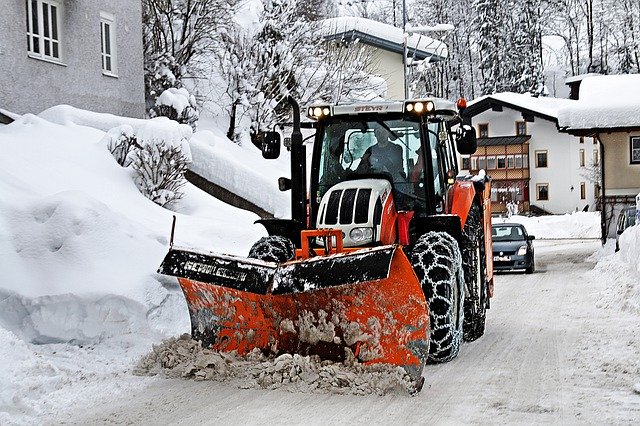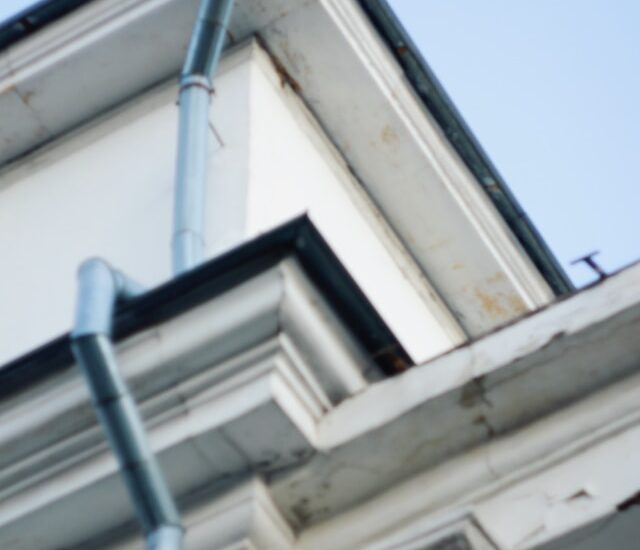3 Things to Know About Snow Load
If you live in a region that receives snow during the winter, you should understand how snow load can affect your home and business. Your home should be constructed to support a snow load based on the local weather expectations. A snow load calculator will help you protect your home and business from structure failure and other damage due to snow events.
Snow Load
Your home was designed for a specific snow load. Contractors and architects base the building’s snow load on the slope and shape of the roof, as well as anything that will be placed on the roof, such as HVAC units. In addition, buildings have different thermal conditions and safety considerations, resulting in different snow load calculations. Ground snow loads and roof exposure are also considered.
Regional Characteristics
Each region has different snow characteristics, including density, duration of the storms and time between storms, all of which affect snow load requirements. For example, if your region receives light snow storms that last about 2 hours and the the snow events are significantly spaced, allowing the weather to warm enough to melt the snow between storms, your roof load requirements will be much less than someone who lives in an area that receives heavy, wet snows that last days and are close together, especially if the accumulation does not melt completely off the roof between events.
If the snow that has accumulated on your roof is too heavy for your home, it may damage your home’s structure, even to the point of collapse.
Snow Type
Snow differs significantly from storm to storm. For example, one snow storm may produce heavy, wet snow, which can weigh up to 21 pounds per square foot, while another may produce dry snow, which only weighs 3 pounds. If your snow event included ice, the weight of the snow load increases significantly because ice weighs much more than snow.
Snow loads may become unbalanced, placing greater stress on parts of a roof. For example, different depths of snow may settle in different parts of a roof, such as around obstructions and when the roof has different levels. Roofs may also experience sliding snow, which adds pressure to the edges or bottom of the roof and gutter systems. Homes in high wind areas may also experienced unbalanced snow loads because the snow is pushed into areas on the roof that are protected from the wind.
Before you build your home and as you prepare for winter, check your roof’s snow load limits. Then, protect your home by calculating your snow load after large or heavy snow storms to prevent structure failure.



